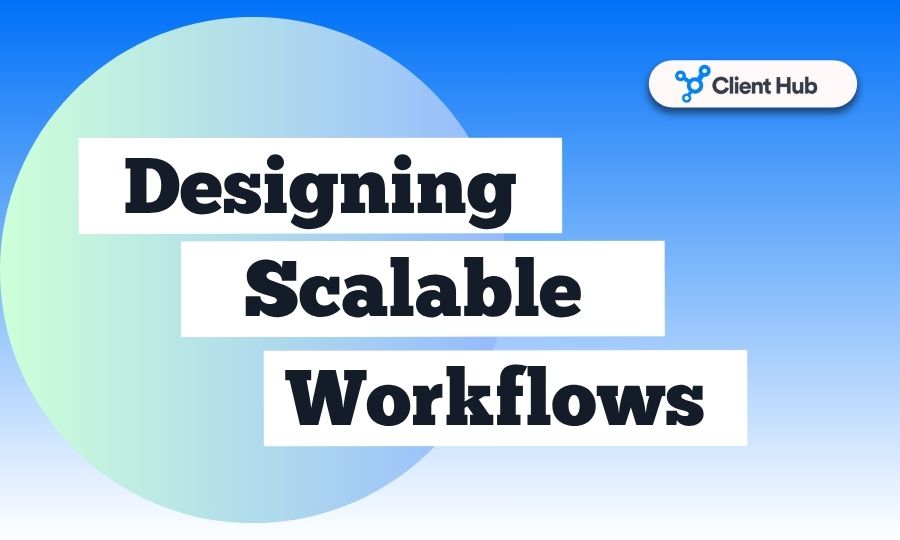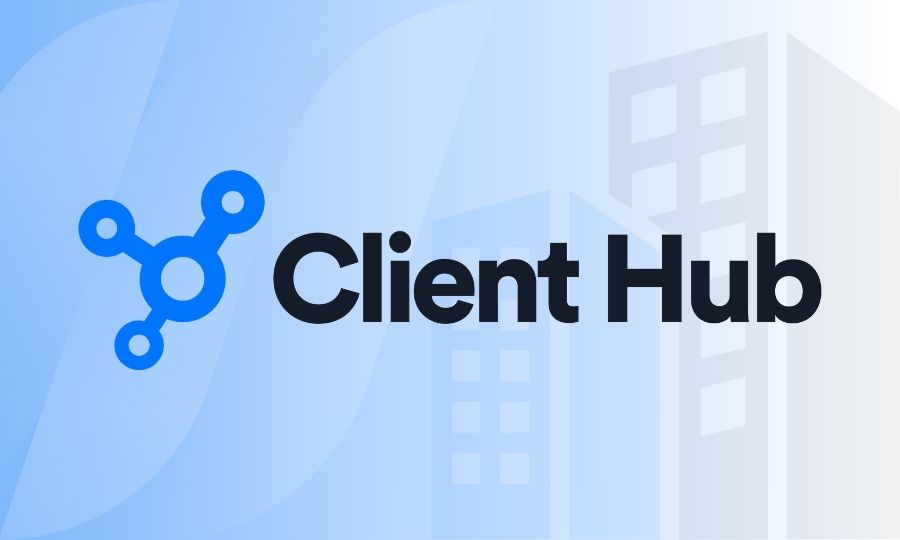End of Year Promo – Get 4 months free with an annual PLUS plan! Use code EOY2025 before Dec 31.
Put an end to busy seasons. Client Hub transforms them to
Learn more


Adding a handful of new clients can turn a once-manageable close cycle into a scramble. Payroll reviews that fit neatly on one person’s desk suddenly demand team coordination. Deadlines multiply, and without a scalable system, small inefficiencies snowball into late filings and stressed staff. That’s exactly why firms that thrive through growth are the ones that build workflows capable of handling increased volume while still delivering accuracy, transparency, and client confidence!
Scalable workflows form the foundation of efficient operations and sustainable growth for any growing firm. These ensure that as client demands increase, your team can deliver quality work without unnecessary strain.
When designed with scalability in mind, workflows transform into potent growth engines. And as highlighted in our previous article, an essential step to scalability is creating clear, repeatable processes that allow your team to operate at a higher level without sacrificing quality.
But where do you start when designing for scalability? Focus first on the areas where growth creates the most pressure.
The more these principles are applied to everyday accounting cycles, the easier it becomes to expand capacity without sacrificing accuracy or burning out your team.

Scalable workflows are the foundation of growth, but technology makes them thrive. Client Hub centralizes firm processes with recurring jobs to keep processes, client-specific workspaces that organize documents and communication, and AI-powered tools like email response generation and book reviews that cut review time dramatically. With everything visible in one shared space, your team can delegate with confidence, clients stay engaged, and growth feels structured instead of chaotic. That’s how your firm should grow bigger—and smarter! Explore how at Client Hub.
